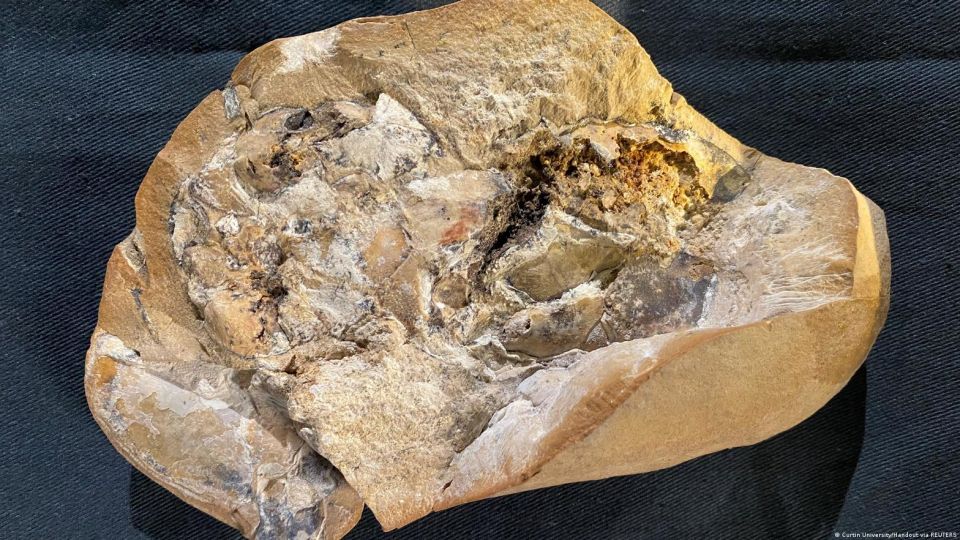The oldest fossilized heart found to date is from a vertebrate fish that lived about 380 million years ago.
A group of scientists found in Australia the oldest fossilized heart to date, that of a vertebrate fish that lived about 380 million years ago, which is believed to give new clues about the evolution of life on Earth, they reported this Friday. academic sources.
This three-dimensional organ – which was found inside an extinct prehistoric placoderm fish along with its stomach, liver and intestine – is 250 million years older than the previous heart of a vertebrate found in Brazil in the last decade, according to a statement from the Australian Curtin University.
The most remarkable thing about the discovery of the mineralized heart in the rock formation of Gogo, an ancient prehistoric reef located in the remote Kimberley area in the northwest of the country (Western Australia), is that this organ has been preserved with its soft tissues and in three dimensions (3D).
“As a paleontologist who has studied fossils for more than 20 years, I have been very surprised to find a 3D and beautifully preserved heart in a 380-million-year-old ancestor,” study leader Kate Trinajstic, an expert on fossils, said in a statement. from Curtin University and the Western Australian Museum.
Evidence of changes in vertebrates
The research, published in the journal Science, also revealed that the position of the heart, as well as the rest of the fossilized fish’s organs, were closer to the mouth and gills, an anatomical configuration very similar to that of modern sharks.
''Big bang' moment of evolution unveiled in 380-million-year-old fish heart' – @JakeSturmer reports on our Gogo fish @ScienceMagazine
paper for @abcnews @ABCscience. Great to share our work with you Jake!https://t.co/sdSiX2KP0r pic.twitter.com/73uOMh6wKE— Dr Kate Trinajstic (@KateTRINAJSTIC) September 16, 2022
“Evolution is often thought of as a series of small steps, but these ancient fossils suggest that there was a larger jump between jawless and jawed vertebrates,” she said, commenting on the discovery.
The studies led by Trinajstic, carried out with sophisticated X-ray and neutron ray techniques, show that the heart, located very close to the throat, is shaped like an “s” and has two chambers, the smallest located in the upper part of the heart. the biggest.
These characteristics in the first vertebrates that populated the planet are evidence of the “critical” changes that occurred in the heads and necks of prehistoric vertebrate animals to accommodate the jaws.
On the other hand, this prehistoric armored fish had a very large liver that allowed it to float, just like current sharks, although it is unknown if they had lungs, organs that are believed to have developed later, according to this study carried out with scientists from Australia. , France and Sweden.

